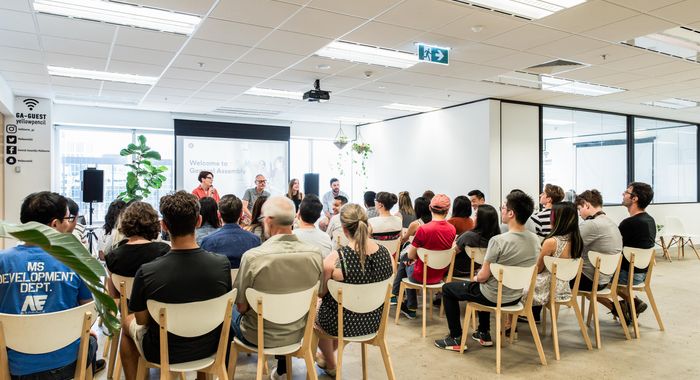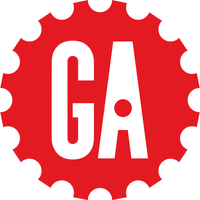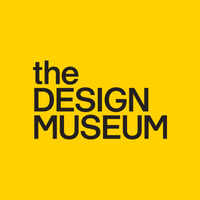London Design Museum app / UX Design
Student Project for General Assembly
Executive Summary
We were a group of four UX design students working together on a two-week sprint to create an App for London’s Design Museum. The aim was to increase the learning and engagement within their permanent display, ‘Design Maker User’.
To begin gaining some empathy with the users we undertook a contextual inquiry, allowing us to get a deeper understanding of the visitor’s behaviours within the exhibition environment by observing random visitors and conducting ‘guerrilla interviews’. Some major pain points we identified were the lack of extra information about items of interest and the inability to track the seen objects.
Once our research was synthesized, we developed relevant personas, the corresponding user flows, created and tested several prototypes to achieve a final hi-fidelity version which solved the user problems by introducing an augmented reality feature. Providing a highly engaging interactive experience and allowing the user to collect, track, and unlock more information about the objects in the exhibition.
We used the Agile Double Diamond methodology throughout the sprint. Discover, Define, Develop & Deliver.
Although this was a concept project, the final prototype was tested at the museum and received favourable feedback from museum visitors and the exhibition staff.
UX Processes and Techniques
Project Canvas, Competitive Analysis, Contextual Inquiry, Affinity Mapping, User Scenarios, User Testing, Experience Mapping, Personas, Feature Prioritisation, Design Studio, Sketching, Paper Prototyping, Low-Mid-High Fidelity Wireframing, Clickable Prototype, User Testing.
Tools
Sketch, Omnigraffle, InVision, Kanban Trello Board
Prototype
See the prototype HERE, you can navigate using arrows, or by clicking on selected buttons.
Full article
If you are curious to find out more, why not read the whole story?
Click HERE to find the case study on Medium.
Back at the Museum
As a final test, we decided to take the App to the museum so we could test it with visitors and staff members.
The feedback was overall very positive, and there was much interest in the App, we were even asked by an excited staff member when was it going to be live.
One visitor who had previously explored the museum’s website praised the fact that we kept the visuals consistent with the existing brand, rather than taking on a new approach.
The opportunity to improve the content filtering on the favourites page (Random vs Found vs Unfound) was mentioned a by at least two users.
All the testers quickly understood the purpose, functionality and navigation of the App, as if they had used it before.
This was a fascinating project that pushed me to come up with creative out of the box solutions.
It was a smooth process with only one minor setback during the first week, we spent too long collating our research and fell behind schedule. As a result, we weren’t as prepared as we could be going into the design phase but we managed to recover and get back on track after a team retrospective.
This made us more determined and allowed us to improve our timekeeping and organisation skills.
The result was thrilling, the App received a lot of positive feedback from the instructional team at General Assembly, and made some good impressions with the museum staff and visitors while testing the prototype.
During this sprint, I had the opportunity to help my colleagues with their design skills and push them to become better and more confident when presenting their work. At the same time, I managed to improve my organisation and management skills.



